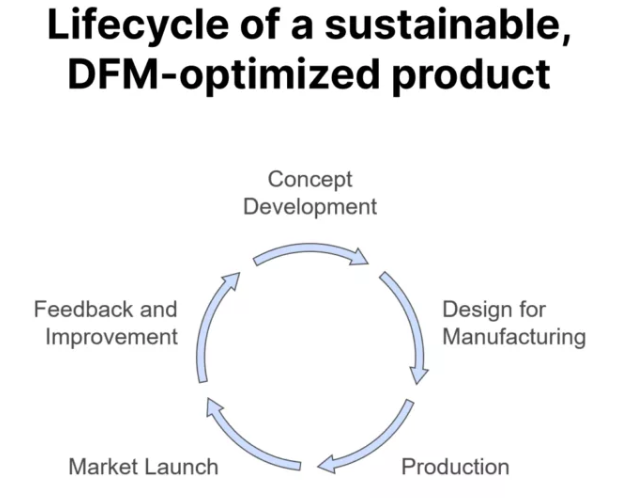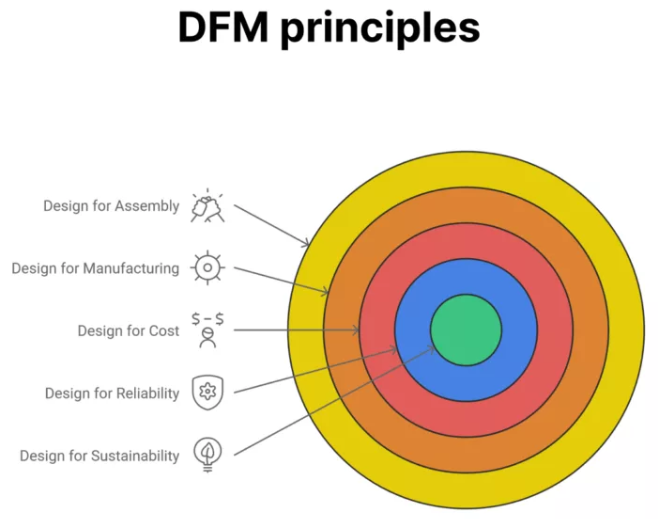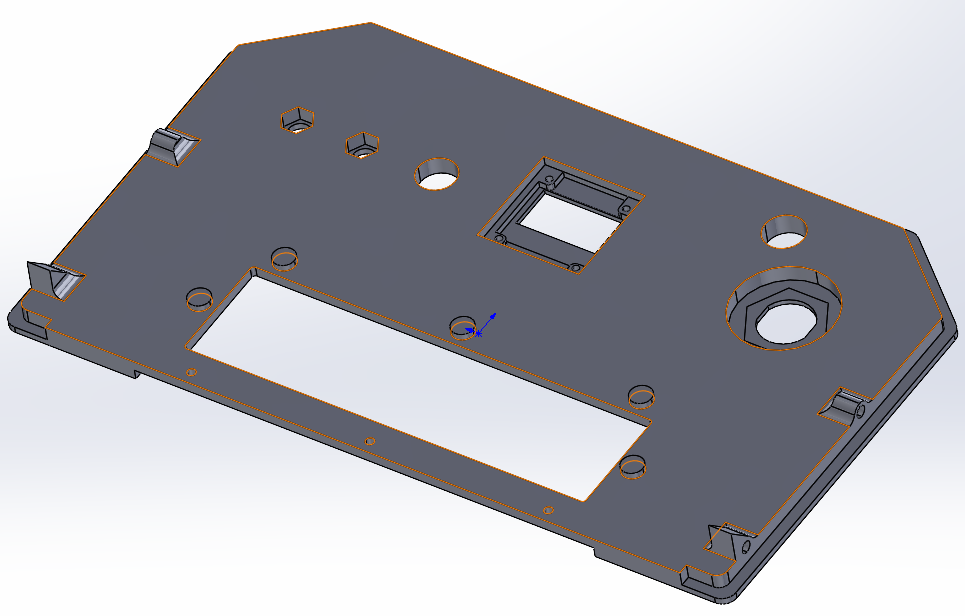What is DFM?
Design for Manufacturability (DFM) is an engineering approach that optimizes product designs to make them easier, faster, and cheaper to manufacture while maintaining quality. It involves analyzing and refining a product’s design early in development to avoid costly production issues later.
Key Goals of DFM
Reduce Costs – Minimize material waste, labor, and complex processes.
Improve Efficiency – Simplify assembly, reduce part count, and speed up production.
Enhance Quality – Lower defect rates by designing for manufacturability.
Shorten Time-to-Market – Avoid late-stage design changes that delay production.
Minimize Part Count
Combine multiple parts into single components (e.g., snap-fit designs instead of screws).
Example: Apple’s unibody laptop chassis reduces assembly steps.
Standardize Components
Use common screws, fasteners, and materials to cut costs.
Avoid custom parts unless necessary.
Optimize for Manufacturing Processes
Injection Molding: Avoid thick/thin walls, add draft angles, and simplify undercuts.
CNC Machining: Reduce deep pockets, sharp corners, and unnecessary tight tolerances.
Sheet Metal: Account for bend radii and avoid complex cuts.
Simplify Assembly
Design self-aligning parts to reduce errors (Poka-Yoke).
Use snap-fits, press-fits, or adhesives instead of screws where possible.
Choose Cost-Effective Materials
Select materials that balance performance, cost, and ease of machining/molding.
Design for Testing & Maintenance
Ensure easy access for repairs and inspections.
Increase Reliability – Ensure products are durable and easy to maintain. Core Principles of DFM


DFM Process Steps
|
|
|
-
Cost Savings – Up to 50% reduction in production costs by optimizing early.
-
Faster Production – Fewer redesigns mean quicker time-to-market.
-
Higher Quality – Fewer defects from manufacturing-friendly designs.
Example: Tesla uses DFM to simplify car frames with large castings, reducing hundreds of parts into single pieces.

